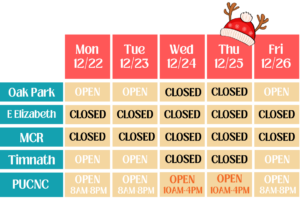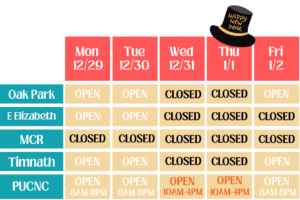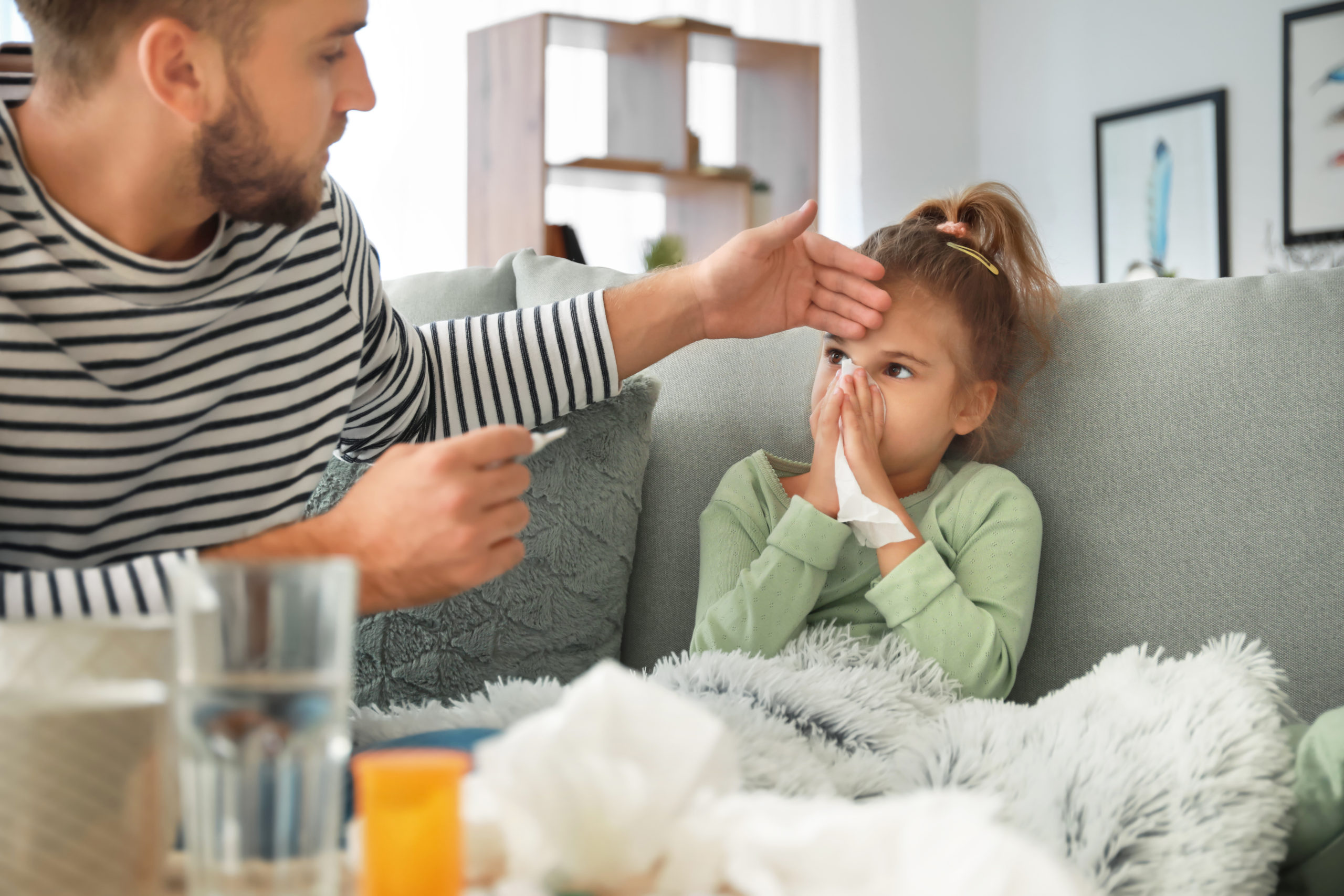Flu season is here, and protecting your child from the virus is a top priority. Even with the best prevention strategies, the flu can still strike. Knowing how to recognize symptoms and treat the flu at home can help ease discomfort and speed recovery.
In this guide, we’ll cover:
- Flu symptoms in kids
- Cold vs. flu differences
- Home treatment tips
- When to seek medical care
Symptoms of Flu in Kids
The flu is different from a common cold or stomach bug. Common flu symptoms include:
- Chills
- Fever
- Body aches
- Congestion or runny nose
- Loss of appetite
Children under age five, those with weakened immune systems, or asthma are at higher risk for complications. If your child falls into any of these categories, seek medical care immediately.
Cold vs. Flu Symptoms
Cold and flu share similarities, making it hard to tell them apart. Here’s a quick comparison:
Cold Symptoms:
- Runny or stuffy nose
- Sore throat
- Sneezing
- Mild cough
- Headache or mild body aches
- Mild tiredness
Flu Symptoms:
- Dry, hacking cough
- Moderate to high fever
- Sore throat
- Chills
- Severe muscle or body aches
- Headache
- Runny or stuffy nose
- Severe fatigue
- Nausea, vomiting, or diarrhea
Tip: Flu symptoms tend to be more severe and come on suddenly. How can you tell if it’s a cold or the flu?
Flu Treatment for Kids
Most children recover at home with supportive care. Severe symptoms usually improve in 2–3 days, but full recovery can take up to two weeks. Here’s how to help:
- Hydrate: Offer water, non-caffeinated drinks, ice pops, and watery fruits like grapes or oranges.
- Sit Upright: Helps ease congestion and breathing. Use pillows at night for drainage.
- Avoid Aspirin: Use ibuprofen or acetaminophen for fever and aches—never aspirin (risk of Reye syndrome). Follow your doctor’s advice.
- Fight Congestion: Saline rinses and a humidifier can loosen mucus and make breathing easier.
Flu Treatment Comparison Table
| Treatment Option | Benefits | Drawbacks |
|---|---|---|
| Hydration | Prevents dehydration | Doesn’t treat flu directly |
| Sitting Upright | Eases congestion | May be uncomfortable |
| Ibuprofen/Acetaminophen | Reduces fever & aches | Must follow dosage |
| Saline Rinses | Loosens mucus | Can feel uncomfortable |
| Humidifier | Helps breathing | Needs regular cleaning |
When to Seek Medical Care
Call your pediatrician if your child has:
- Difficulty breathing
- Severe vomiting
- High fever with a rash
Prompt treatment helps prevent complications like pneumonia or dehydration. Schedule a sick visit with The Youth Clinic at (970) 482-2515.
Bottom Line
Knowing how to treat the flu at home can make recovery easier. Keep your child hydrated, manage fever safely, and ease congestion with simple remedies. If symptoms worsen or your child is high-risk, contact your provider right away.
📞 Call The Youth Clinic at (970) 482-2515 today!
Need care after hours?
The Pediatric Urgent Care of Northern Colorado team is here for you 365 days a year—including holidays. No appointment needed- walk-in welcome! Your child’s health is always our top priority.
Looking for a Pediatrician?
For over 60 years, families across Northern Colorado have trusted our compassionate team to care for children through every age and stage. From infancy to young adulthood, we’re here to support your family with expert guidance, personalized care, and a welcoming environment.



